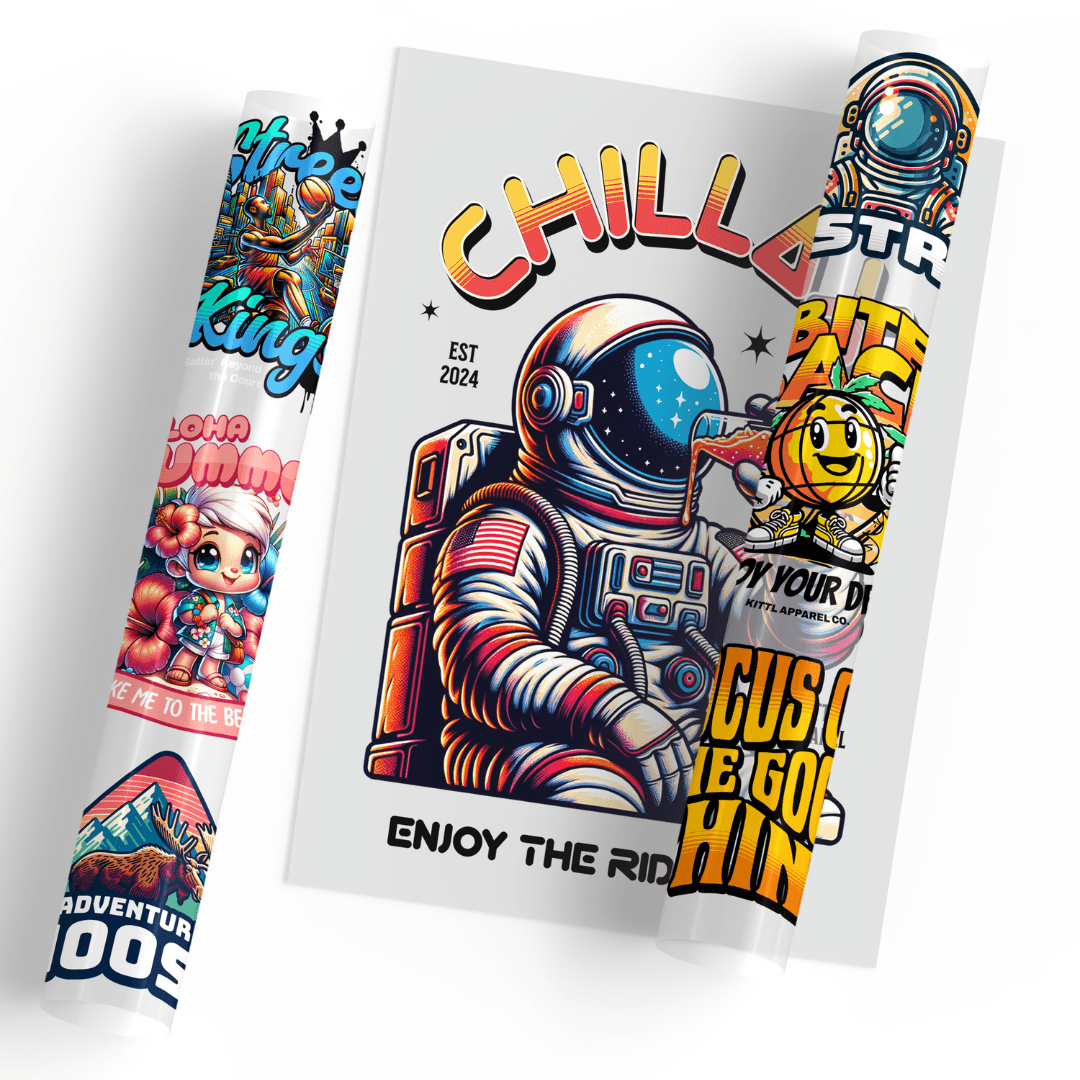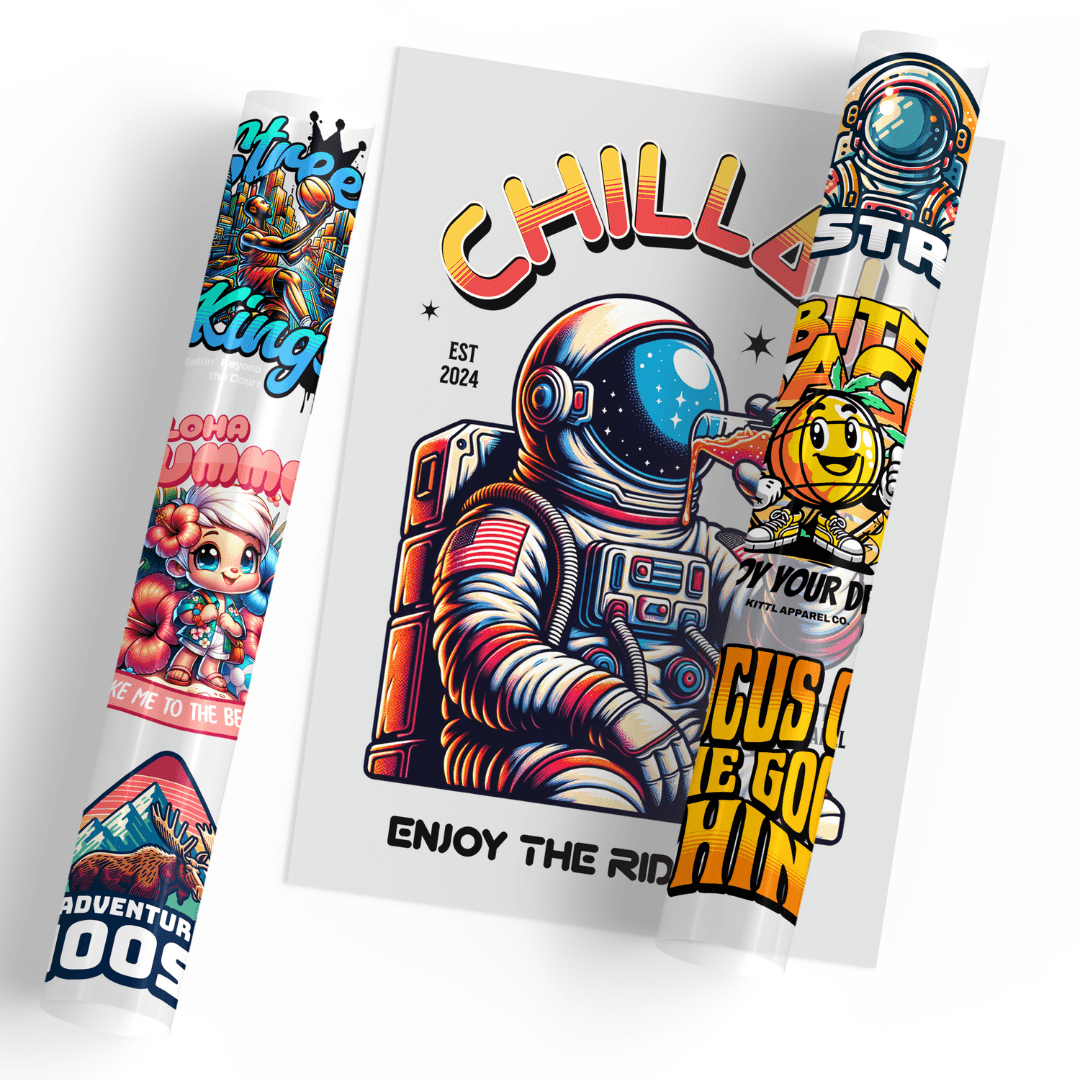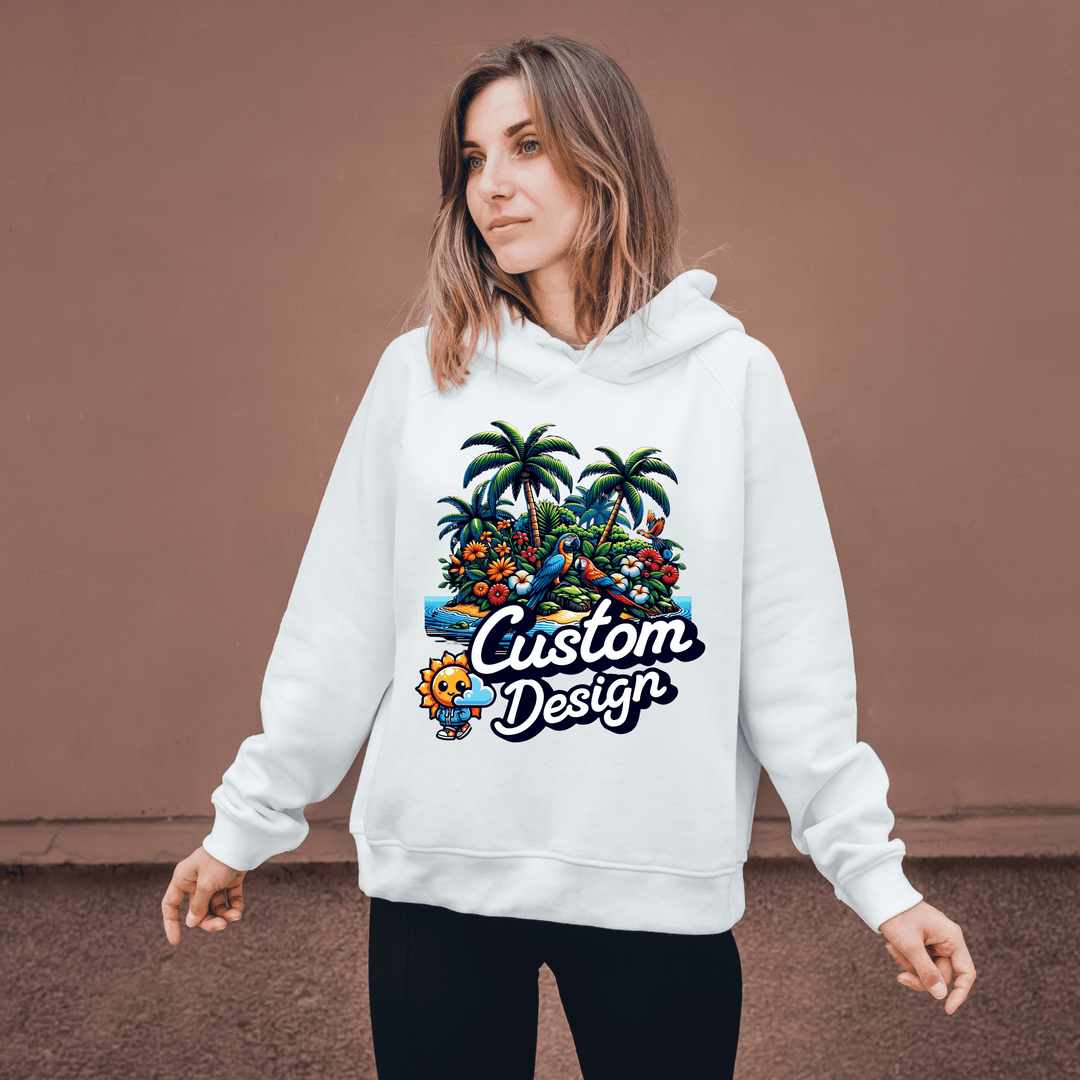DTF Materials – Essential Supplies for Quality Direct-to-Film Printing 🎨
Upgrade your printing results with premium DTF materials designed for high-performance and long-lasting transfers. Whether you're running a custom apparel business or a professional print shop, having the right materials is key to delivering vibrant, durable, and washable designs.
From specialized PET films to high-opacity white inks and hot-melt adhesive powders, our DTF material selection ensures seamless operation and top-tier output. Perfect for producing full-color transfers that apply effortlessly to cotton, polyester, blends, and more.
🧰 What’s Included in DTF Materials?
-
PET Film Rolls – Cold peel or hot peel options for sharp transfer definition
-
DTF Inks (CMYK + White) – High-density inks for vivid, full-color images
-
Hot Melt Powder Adhesive – Strong bonding and flexible finish
-
Cleaning Solution – Prevents clogging and maintains printhead performance
-
Pre-Treatment Wipes or Sprays – Optional for specialty fabrics
✅ Why Use Quality DTF Materials?
-
🖨️ High Resolution: Clean lines and detailed images
-
💧 Ink Compatibility: Designed for DTF printers and printheads
-
🧼 Durable Washability: Transfers that last 40+ washes
-
⚙️ Smooth Workflow: Consistent performance and easy handling
-
🌎 Versatility: Works on various fabrics and hard surfaces (with UV options)
💡 Ideal For:
-
Custom t-shirt printing
-
Small batch garment production
-
Promotional product decoration
-
Heat transfer print businesses
-
Online stores using print-on-demand
🔄 How to Use DTF Materials:
-
Load the PET film into your printer
-
Print the design using DTF inks
-
Apply adhesive powder evenly
-
Cure the print with a heat press or curing oven
-
Transfer to fabric using a heat press (usually 160–170°C, 10–15 seconds)
📦 Available in:
-
Sheet or roll formats (A3, 13", 24", and more)
-
Starter kits or wholesale bulk supplies
-
Options for both beginners and industrial users
Frequently Asked Questions - DTF Materials
What materials are essential for high-quality heat transfer printing?
Key materials include specialized transfer films that hold the printed design, high-opacity inks for vibrant colors, and adhesive powders that ensure the print sticks firmly to the fabric. Additionally, cleaning solutions are important to maintain printer health and print quality.
How do adhesive powders work in the printing process?
Adhesive powders are applied to the printed film before curing. When heated, they melt and create a strong bond between the printed design and the garment, ensuring flexibility and durability even after many washes.
Can these materials be used on different types of fabrics?
Yes, they are compatible with a wide variety of textiles such as cotton, polyester, and blends. Proper application techniques make sure the design adheres well and maintains softness and vibrancy over time.
What maintenance is required to keep printing equipment running smoothly?
Regular cleaning with manufacturer-recommended solutions prevents ink clogging and printhead damage. Consistent maintenance ensures sharp, vibrant prints and reduces downtime in production.
How do different film types affect the final print?
Some films are designed for hot peel, where the transfer is removed immediately after pressing, while others are for cold peel, removed after cooling. Choosing the right film type impacts the finish and ease of application.
Are there environmental benefits to using these modern printing materials?
Many inks and powders used today are formulated to be eco-friendly, with lower VOC emissions and less waste compared to traditional methods. Durable prints also extend garment life, reducing textile waste.
What types of inks are commonly used in this printing process?
This method typically uses pigment-based inks, including CMYK colors plus white ink for opacity on dark fabrics. These inks provide vibrant colors, excellent adhesion, and wash resistance.
How important is the choice of film size and format?
Choosing the correct film size—whether sheets or rolls—depends on your printer and the scale of your production. Larger rolls are ideal for high-volume printing, while sheets suit smaller or more precise projects.
Can I mix different designs on a single print run?
Yes, multiple designs can be arranged efficiently on one sheet or roll, maximizing material usage and reducing printing time. This flexibility is great for diverse product lines or custom orders.
What role does temperature and time play in applying the transfers?
Applying the right heat and pressure for the correct duration is critical. Typically, pressing at around 160–170°C (320–338°F) for 10–15 seconds yields optimal adhesion and print durability.






